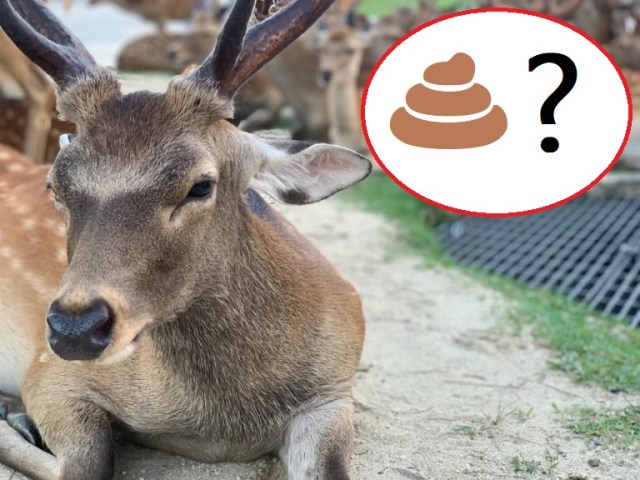
Deer aren’t the only animals with a huge population in the city.
When people think of Nara, one of the first things that comes to mind is deer. Nara Park, located right in the center of the city, is home to herds of wild deer who mix with the local human population and tourists on a daily basis, and enjoy protected status as part of Nara’s cultural heritage, as tradition holds that the animals are messengers of the Shinto gods.
As you can see, there are tons of deer in the park…so why isn’t there tons of deer poo? Sure, you can spot pellets on the ground, but it really seems like their should be massive mounds of the stuff all over thanks to the sheer number of deer and all the cracker snacks they get. How does Nara Park stay as clean as it is?
The answer is that there’s a special crew working hard day in and day out to take care of all those droppings. That might sound like kind of a gross job, but the crew doesn’t mind, because they’re dung beetles.
なにいいいいいいいいいいいいいいいい
— 万乗 大智 (@jgdjgdjgd) May 15, 2022
奈良公園が鹿のフンだらけにならないのは、マメに清掃しているからでなく、大量のコガネムシが分解して頑張ってくれてるからだとおおおおおおおおおお pic.twitter.com/Fg2AuaTWkd
This week, Japanese Twitter has been abuzz following the above tweet, in which the poster was shocked to learn that Nara Park has one of the largest dung beetle populations in all of Japan. However, since we make it our mission to be well-informed about crap, we already knew this, thanks to our visit to the Naramachi Dung Beetle Gallery, a museum dedicated to the little poo collectors.
▼ The place is called the Naramachi Funchukan (ならまち糞虫館) in Japanese.
The Naramachi Dung Beetle Gallery opened in the summer of 2018, and we rolled in right away to see it for ourselves. Waiting for us inside was a huge variety of dung beetle specimens, thankfully displayed not on actual balls of poop, but spherical substitutes.
Museum director and founder Keiichi Nakamura, whose listed on the facility’s website as the “Prince of Dung Beetles,” was on hand to give us a personal tour. Nakamura, who’s been interested in insects ever since he was in junior high school, explained that Japan has roughly 160 different dung beetle species, and that you can find about 60 of those in Nara Prefecture alone. Hiroshima Prefecture’s Miyajima Island, where herds of deer also roam the city streets, is also considered one of Japan’s big three dung beetle sites, as are Nara Prefecture’s Kinkasan foothills, but it’s Nara Park that’s the top mecca for dung beetle lovers in Japan, Nakamura says.
▼ Keiichi Nakamura
During our visit, we also learned that not all dung beetle species roll the poo they collect into increasingly larger balls, and that sometimes the same species can exhibit different body colors, depending on the region, For example, these phelotrupes aeruginosa dung beetles have an enchanting blue hue in Nara.
Actually, freed from the natural revulsion that causes people not to want to stare for very long at collected animal droppings, we were able to get our first substantial up-close look at a whole slew of species that turn out to look pretty cool, actually.
The Naramachi Dung Beetle Gallery is only open on Saturdays and Sundays, but it’s a manageable 15-minute walk from Kinki Nara Station, and not too far from the southwest corner of Nara Park itself. “It would make me extremely happy if children could appreciate the dung beetles which have been behind the scenes of Nara’s beautiful nature for over 1300 years,” says Nakamura, and it’s good to know the little critters will be standing by to clean up after Nara’s newest baby deer.
Museum information
Naramachi Dung Beetle Gallery / ならまち糞虫館
Address: Nara-ken, Nara-shi, Minamijodocho 28-13
奈良県奈良市南城戸町28-13
Open 1 p.m.-6 p.m. (Saturday and Sunday only)
Closed Monday-Friday
Admission: 300 yen (adults), 100 yen (elementary school-age children and younger)
Website
Photos © SoraNews24
● Want to hear about SoraNews24’s latest articles as soon as they’re published? Follow us on Facebook and Twitter!
[ Read in Japanese ]

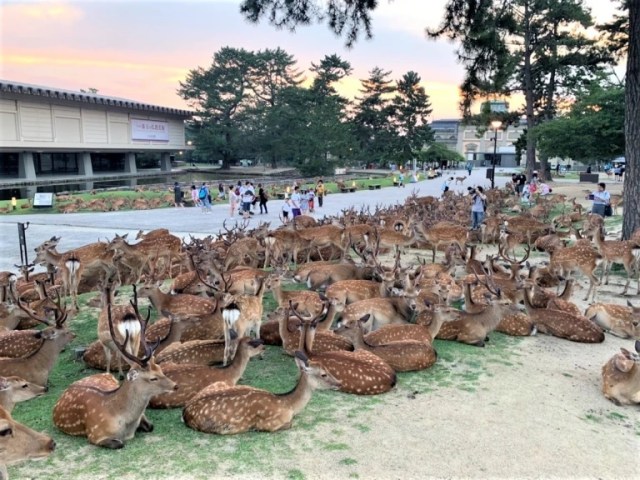
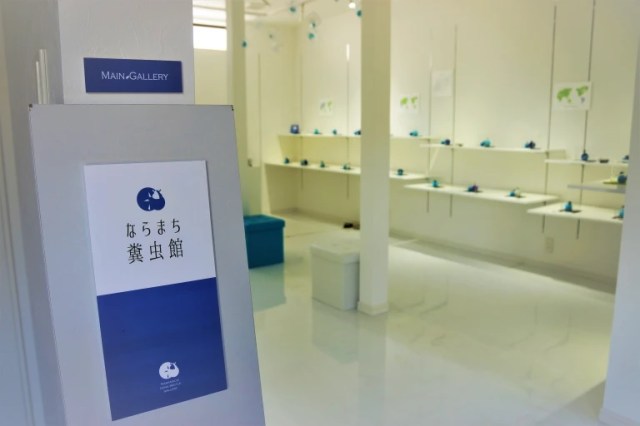
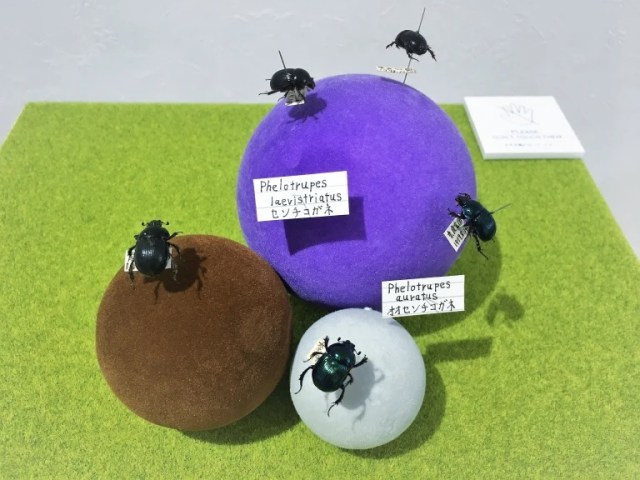
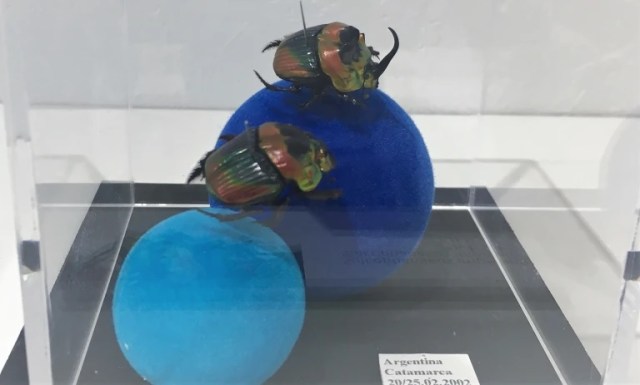
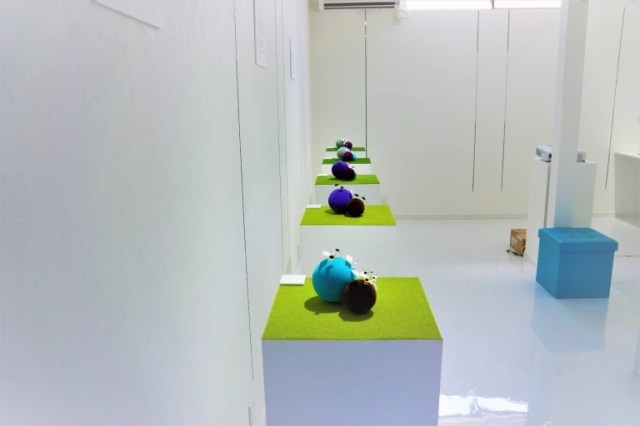
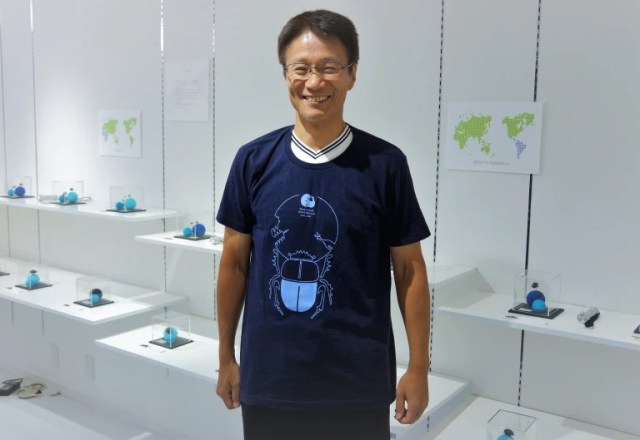
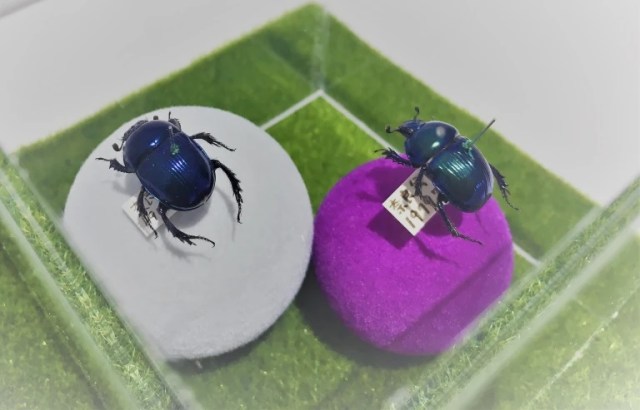
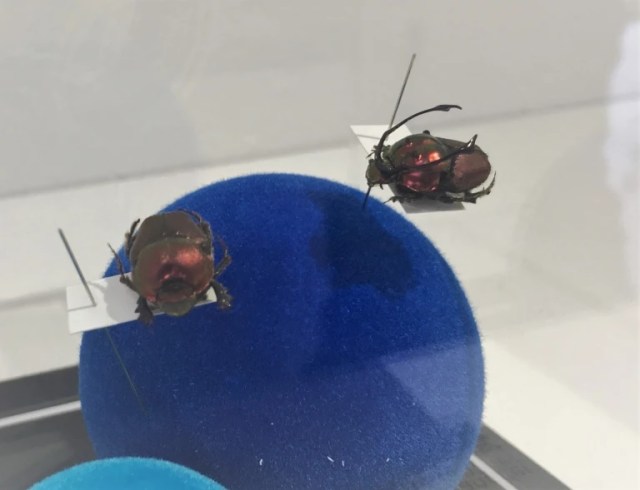

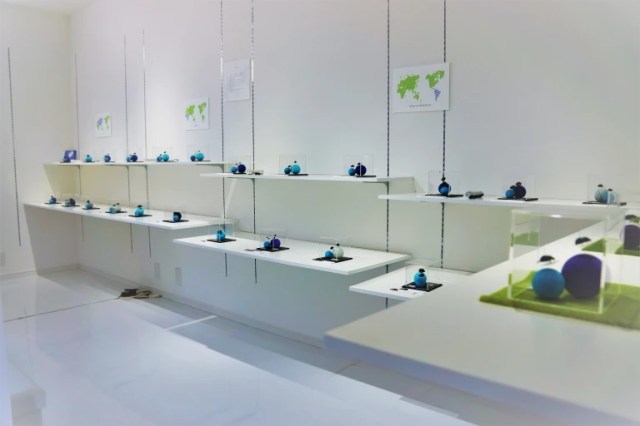
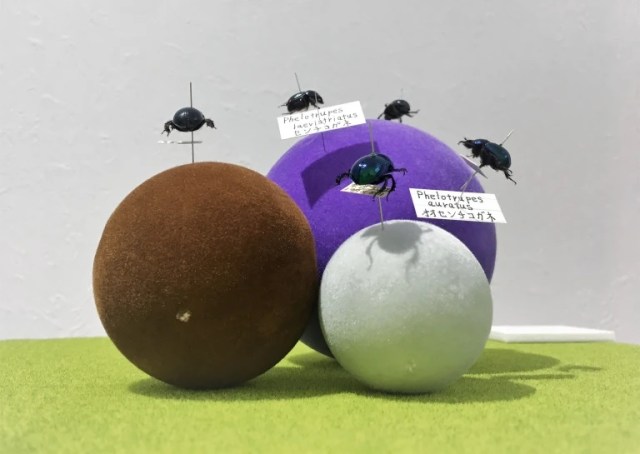
 The poo from Nara Park’s deer is changing because of the coronavirus pandemic
The poo from Nara Park’s deer is changing because of the coronavirus pandemic Deer in Nara Park mysteriously disappear during this year’s shikadamari season
Deer in Nara Park mysteriously disappear during this year’s shikadamari season Nara, Japanese city famous for its streets of tame deer, begins culling program within city
Nara, Japanese city famous for its streets of tame deer, begins culling program within city Nara considering increasing number of deer that can be killed each year, expanding culling zone
Nara considering increasing number of deer that can be killed each year, expanding culling zone Let’s try some “deer poop” ice cream in Nara, Japan’s city of deer!
Let’s try some “deer poop” ice cream in Nara, Japan’s city of deer! McDonald’s new Happy Meals offer up cute and practical Sanrio lifestyle goods
McDonald’s new Happy Meals offer up cute and practical Sanrio lifestyle goods All-you-can-drink Starbucks and amazing views part of Tokyo’s new 170 meter-high sky lounge
All-you-can-drink Starbucks and amazing views part of Tokyo’s new 170 meter-high sky lounge Studio Ghibli glasses cases let anime characters keep an eye on your spectacles
Studio Ghibli glasses cases let anime characters keep an eye on your spectacles More foreign tourists than ever before in history visited Japan last month
More foreign tourists than ever before in history visited Japan last month Beautiful Sailor Moon manhole cover coasters being given out for free by Tokyo tourist center
Beautiful Sailor Moon manhole cover coasters being given out for free by Tokyo tourist center Super Nintendo World expansion gets delayed for several months at Universal Studios Japan
Super Nintendo World expansion gets delayed for several months at Universal Studios Japan Hamster abandoned at Tokyo ramen restaurant gets new home
Hamster abandoned at Tokyo ramen restaurant gets new home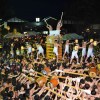 “Half-naked men only in loincloths” drum battle returns to Hida festival for first time in five years
“Half-naked men only in loincloths” drum battle returns to Hida festival for first time in five years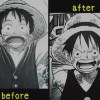 Track the stylistic evolution of Eiichiro Oda’s most famous One Piece characters
Track the stylistic evolution of Eiichiro Oda’s most famous One Piece characters Hello Kitty isn’t a cat!? We called Sanrio to find out!
Hello Kitty isn’t a cat!? We called Sanrio to find out! Disney princesses get official manga makeovers for Manga Princess Cafe opening in Tokyo
Disney princesses get official manga makeovers for Manga Princess Cafe opening in Tokyo Starbucks reopens at Shibuya Scramble Crossing with new look and design concept
Starbucks reopens at Shibuya Scramble Crossing with new look and design concept Beautiful new Final Fantasy T-shirt collection on the way from Uniqlo【Photos】
Beautiful new Final Fantasy T-shirt collection on the way from Uniqlo【Photos】 Is the new Shinkansen Train Desk ticket worth it?
Is the new Shinkansen Train Desk ticket worth it? Foreign English teachers in Japan pick their favorite Japanese-language phrases【Survey】
Foreign English teachers in Japan pick their favorite Japanese-language phrases【Survey】 Japanese convenience store packs a whole bento into an onigiri rice ball
Japanese convenience store packs a whole bento into an onigiri rice ball We try out “Chan Ramen”, an underground type of ramen popular in the ramen community
We try out “Chan Ramen”, an underground type of ramen popular in the ramen community Studio Ghibli releases Kiki’s Delivery Service chocolate cake pouches in Japan
Studio Ghibli releases Kiki’s Delivery Service chocolate cake pouches in Japan Japan’s bone-breaking and record-breaking roller coaster is permanently shutting down
Japan’s bone-breaking and record-breaking roller coaster is permanently shutting down New definition of “Japanese whiskey” goes into effect to prevent fakes from fooling overseas buyers
New definition of “Japanese whiskey” goes into effect to prevent fakes from fooling overseas buyers Our Japanese reporter visits Costco in the U.S., finds super American and very Japanese things
Our Japanese reporter visits Costco in the U.S., finds super American and very Japanese things Studio Ghibli unveils Mother’s Day gift set that captures the love in My Neighbour Totoro
Studio Ghibli unveils Mother’s Day gift set that captures the love in My Neighbour Totoro Foreign passenger shoves conductor on one of the last full runs for Japan’s Thunderbird train
Foreign passenger shoves conductor on one of the last full runs for Japan’s Thunderbird train Domino’s Japan now sells…pizza ears?
Domino’s Japan now sells…pizza ears? New Japanese KitKat flavour stars Sanrio characters, including Hello Kitty
New Japanese KitKat flavour stars Sanrio characters, including Hello Kitty Kyoto creates new for-tourist buses to address overtourism with higher prices, faster rides
Kyoto creates new for-tourist buses to address overtourism with higher prices, faster rides Sales of Japan’s most convenient train ticket/shopping payment cards suspended indefinitely
Sales of Japan’s most convenient train ticket/shopping payment cards suspended indefinitely Sold-out Studio Ghibli desktop humidifiers are back so Totoro can help you through the dry season
Sold-out Studio Ghibli desktop humidifiers are back so Totoro can help you through the dry season Japanese government to make first change to romanization spelling rules since the 1950s
Japanese government to make first change to romanization spelling rules since the 1950s Ghibli founders Toshio Suzuki and Hayao Miyazaki contribute to Japanese whisky Totoro label design
Ghibli founders Toshio Suzuki and Hayao Miyazaki contribute to Japanese whisky Totoro label design Doraemon found buried at sea as scene from 1993 anime becomes real life【Photos】
Doraemon found buried at sea as scene from 1993 anime becomes real life【Photos】 Tokyo’s most famous Starbucks is closed
Tokyo’s most famous Starbucks is closed One Piece characters’ nationalities revealed, but fans have mixed opinions
One Piece characters’ nationalities revealed, but fans have mixed opinions We asked a Uniqlo employee what four things we should buy and their suggestions didn’t disappoint
We asked a Uniqlo employee what four things we should buy and their suggestions didn’t disappoint Princesses, fruits, and blacksmiths: Study reveals the 30 most unusual family names in Japan
Princesses, fruits, and blacksmiths: Study reveals the 30 most unusual family names in Japan Nara Park’s first baby deer of the year has been born, is totally adorable【Video】
Nara Park’s first baby deer of the year has been born, is totally adorable【Video】 Nara’s “deer cookie” rice crackers get their first price increase in 28 years
Nara’s “deer cookie” rice crackers get their first price increase in 28 years Deer in Nara Park outnumber visitors, display baffling summer gathering behaviour
Deer in Nara Park outnumber visitors, display baffling summer gathering behaviour Nara hotel with hot spring baths by imperial palace site is a reason to remember the prefecture
Nara hotel with hot spring baths by imperial palace site is a reason to remember the prefecture Nara deer “addicted” to rice crackers, lose weight with no tourists to feed them
Nara deer “addicted” to rice crackers, lose weight with no tourists to feed them Nara deer shikadamari mystery deepens as tourists return to Nara park
Nara deer shikadamari mystery deepens as tourists return to Nara park Nara’s deer continue their summertime tradition of commandeering one of the city’s streets
Nara’s deer continue their summertime tradition of commandeering one of the city’s streets Thinking about moving to Nara? Here are eight things that may surprise you!
Thinking about moving to Nara? Here are eight things that may surprise you! Nara deer dies with four kilos of plastic in its stomach, tourists cautioned to feed animals properly
Nara deer dies with four kilos of plastic in its stomach, tourists cautioned to feed animals properly Keep your skin clear with a poop smear! We swear it’s not as crazy as it sounds
Keep your skin clear with a poop smear! We swear it’s not as crazy as it sounds Nara deer leave park, head to station for food as tourist numbers tumble due to coronavirus
Nara deer leave park, head to station for food as tourist numbers tumble due to coronavirus Nara deer stampede into marathon, hit runner in their path
Nara deer stampede into marathon, hit runner in their path Adorable bowing deer in Japan shows you can be concurrently cute and courteous【Video】
Adorable bowing deer in Japan shows you can be concurrently cute and courteous【Video】 ‘Cows can marry’ and other fascinating bovine facts from India
‘Cows can marry’ and other fascinating bovine facts from India Roses and cherry blossoms help to repel wasp attacks, according to Kochi University study
Roses and cherry blossoms help to repel wasp attacks, according to Kochi University study
Leave a Reply